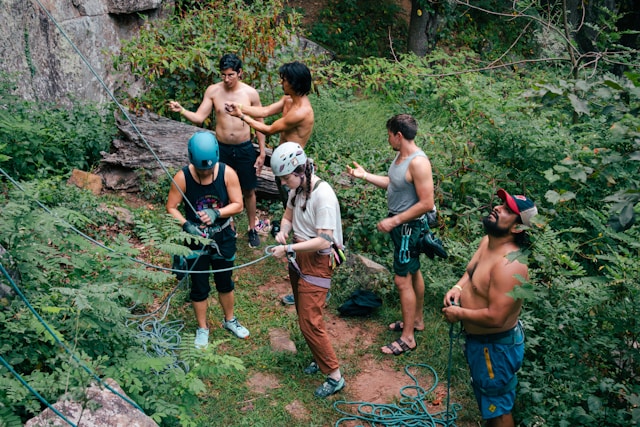Hey everyone, Anya here! So, you’ve mastered the basics of packrafting and you’re itching to tackle some real whitewater? Awesome! But listen, before you charge into those rapids, let’s talk about upping your game. It’s not just about paddling harder; it’s about paddling smarter… and staying safe!
The Importance of Training and Experience
Seriously, I can’t stress this enough. Whitewater packrafting isn’t something you just jump into. Remember that time I thought I could ski black diamonds on my first day? Yeah, didn’t end well. You need a solid foundation. I’m talking formal training with experienced instructors. Look for courses that focus on whitewater packrafting specifically. They’ll teach you essential skills and help you build the confidence you need. And remember, experience is key. Start small, gradually increasing the difficulty of the rapids you’re tackling.
Advanced Paddling Strokes: Beyond the Basics
Okay, let’s get technical (but not *too* technical!). You probably already know the forward stroke and the sweep stroke. But in whitewater, you need a whole arsenal of advanced strokes. Think of it like this: you wouldn’t try to bake a cake with only a spoon, right? You’d need a whisk, a spatula, maybe even a fancy mixer! It’s the same with paddling. So what strokes are we talking about? The stern draw is a must-have for quick corrections and turning in tight spots. Mastering the cross-bow draw will let you move laterally across the current. And a good low brace can be a lifesaver when you’re about to flip. Practice these strokes until they become second nature. Find a calm stretch of water and just drill them over and over again.
Reading Water: The Art of Prediction
Reading water is like learning a new language. It’s all about understanding the subtle clues the river is giving you. Where are the currents flowing? Where are the obstacles? What’s the water doing around that rock? A good whitewater paddler can “see” the river’s path before they even get there. Look for things like V-shaped waves – they usually point to safe channels. Eddies are your friends; they’re calm spots where you can take a break and plan your next move. And watch out for holes and hydraulics – those can be tricky and require careful navigation. Basically, knowing how to “read” the water can be more important than how hard you can paddle!
Self-Rescue Maneuvers: Preparing for the Unexpected
Alright, let’s talk about the stuff nobody *wants* to think about but is absolutely crucial: self-rescue. Let’s be honest, at some point, you’re going to end up swimming. It happens to the best of us! Knowing how to get yourself out of a bad situation is paramount. Practice your wet exits, learn how to swim aggressively in whitewater (feet first, facing downstream!), and know how to use your throw rope. The “bombproof” roll is a technique that, while difficult to master in a packraft, can save you from having to swim in the first place, and it’s a skill that you can apply to other watercraft like kayaks. And always, *always* paddle with a buddy or in a group. There’s safety in numbers, and having someone there to help you out can make all the difference.
And hey, one last tip: Respect the river! Check river conditions before you go, be aware of weather forecasts, and don’t push yourself beyond your limits. Whitewater packrafting is an amazing sport, but it’s important to approach it with caution and respect. Now get out there and have some fun! But be safe, okay? 😉




